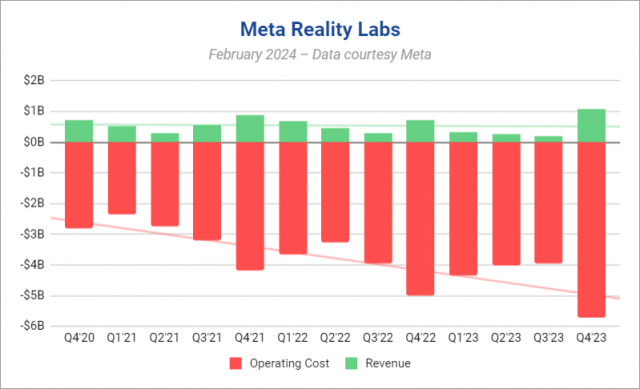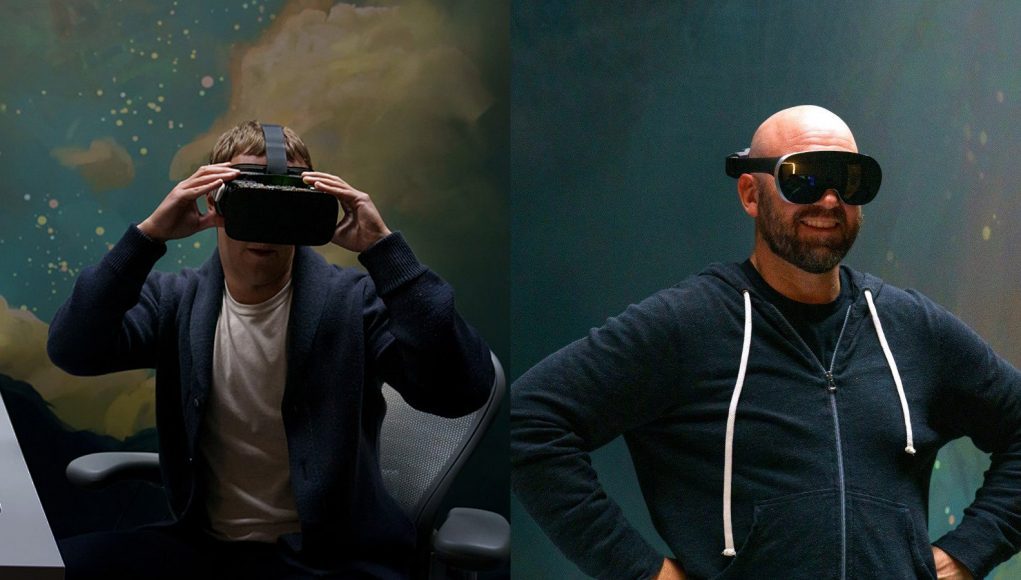According to a report from The Information, Meta plans to release its next flagship consumer headset, Quest 4, in 2026. Meanwhile, a Vision Pro competitor—likely Quest Pro 2—is reportedly planned for 2027.
According to The Information’s Wayne Ma and Kalley Huang, Meta is planning two consumer-focused headsets for 2026. Codenamed Pismo Low and Pismo High, these are thought to represent Quest 4 and a more affordable Quest 4S (or whatever naming scheme Meta picks for a more affordable variant). That would be two years after the widely rumored launch of a more affordable ‘Quest 3S’ that’s expected to be revealed in September, and three years after the launch of Quest 3.
Beyond those headsets, Meta is also reportedly planning a Vision Pro competitor set for 2027, codenamed La Jolla. While the company’s first “pro” headset, Quest Pro, didn’t find much traction given its price and lack of some key capabilities, Apple’s $3,500 Vision Pro has busted open the price ceiling.
That could make even a $2,000 pro headset from Meta look affordable. At the same time, Apple has paved a clear path for what productivity in an XR headset looks like, which Meta has been rapidly adopting.
In the backdrop however, Meta is reportedly tightening its belt on its XR and metaverse organization, Reality Labs. According to The Information, Meta is trying to cut Reality Labs spending by 20%, following years of costs far outpacing revenue.

This has coincided with some reshuffling of the inner workings of Reality Labs, including laying off “more than a dozen directors and vice presidents in Reality Labs,” The Information’s report claims.
The report also claims Meta plans to launch its first augmented reality glasses next year, but curiously specifies that it will have a display only “in the right lens” of the glasses, suggesting perhaps an advanced pair of smartglasses (Meta Ray-Ban 3?) more than full AR.







